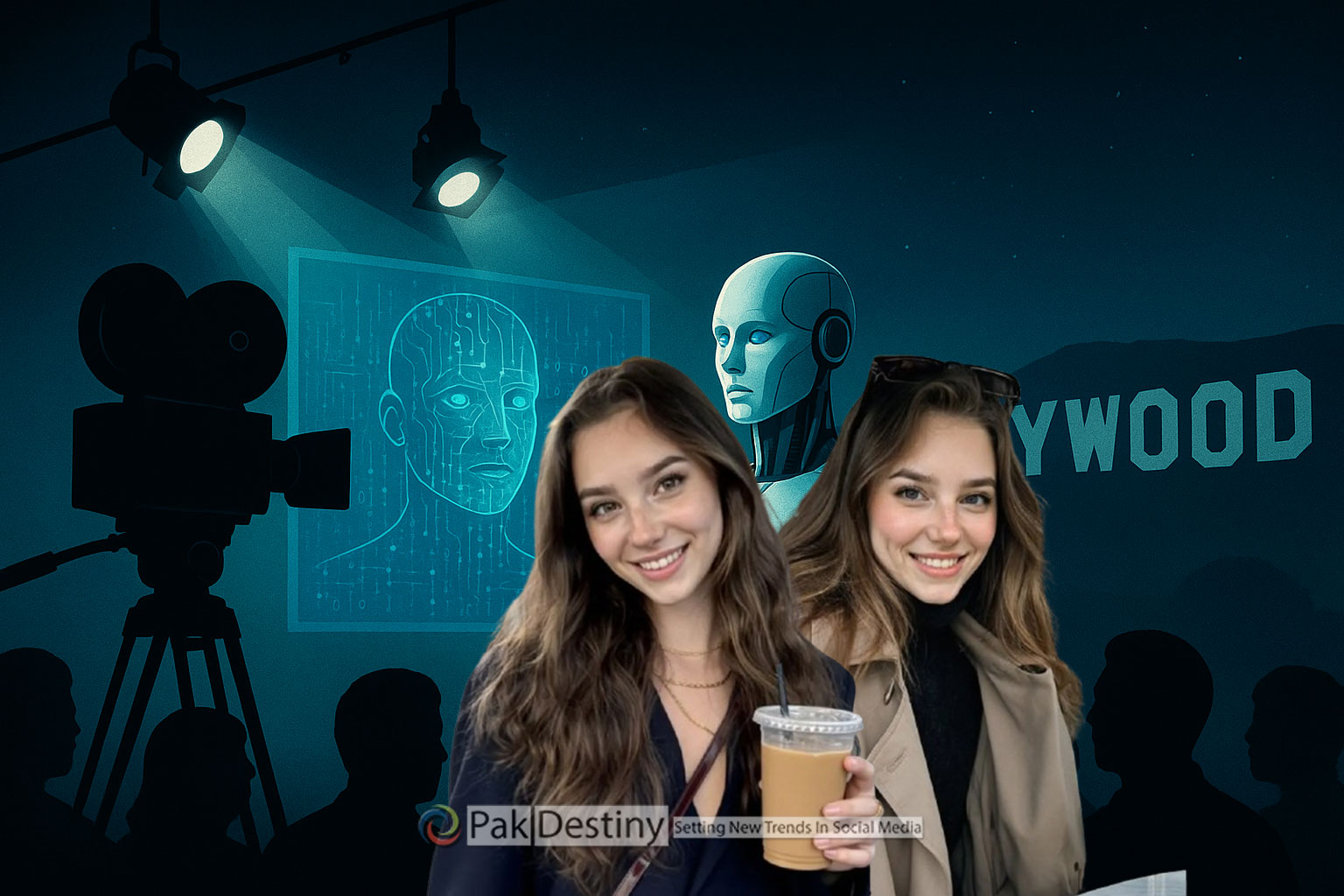
“Pause the screen for a second and take a deep look into Tilly Norwood’s big, dark green eyes. They might look human, but they don’t speak to you,” Dawn writes.
Unpause the video and look at the gestures — the unsubtle turns of the body, coded to predict and mimic one motion after another by scanning a database of human references. The way Tilly moves seems human enough, but only for a split second.
“Decades into the evolved state of computing and visual effects, the uncanny valley still exists, and Tilly — the much-hyped new ‘AI actress’ that Hollywood agents are scrambling to ‘represent’ and no different than an uninspired picture animated by computation — is no exception. ‘It’ (you cannot call a ‘code’ she or her, in my opinion) is just the latest, momentary divergence in a rapidly evolving fad; a new poster-child representing fakery,” the paper says.
In retrospect, Tilly’s case is art — or rather, programming — imitating life. She embodies the inevitable trajectory of AI-generated social media influencers graduating from feeds to film.
So, what’s stopping the other digitally created influencers on TikTok and Instagram from doing the same? After all, the technology, supposedly to get them going, is just a text prompt away.
Unsurprisingly, therein lies another parallel: like the great bulk of real human ‘influencers’ who amass a following but have little talent when they eventually make it to the screen, Tilly’s ‘performance’ — taking bits from hundreds of thousands of films, actors and people — is manufactured to display, but not deliver conviction… yet.
“A bad actor is always a bad actor, digital or real. And yes, somehow ‘yet’ manages to creep into sentences when analysing or reporting artificial intelligence. There is a good reason for that. Tilly’s showreels invite questions larger than the fleeting hype they create, or the heebie-jeebies they seem to give real actors and their unions,” Dawn says.
The 2023 SAG-AFTRA strike — it ran 118 days from July to November — was Hollywood’s first true showdown with AI, when the studios had begun scanning actors and storing their likenesses, with plans to reanimate them indefinitely. With 160,000 members on strike, the union forced new lines into contracts: mandatory consent, compensation, and streaming bonuses.
Yet, beneath the clauses, one fact lingered: technology had quietly made one’s identity licensable.
There is a thriving community of filmmakers who just want to create without restrictions, who feel it is easier to create new actors than to tolerate demands. After all, ‘unlimited’ subscriptions cost between $20 and $200 a month.
Let’s be real though, there are obvious logistical weaknesses to the whole pro-AI discourse, and yet — again, there is always a ‘yet’ — some of it might prove useful for countries such as Pakistan, despite it still being “AI Slop.”
But let’s ease into that with some details first.
Generative AI — the term given to creating images from text prompts — carries a heavy invisible cost. Producing 1,000 AI images burns roughly 2.9 kWh of electricity.
“That’s about the same energy a laptop uses running continuously for a full day. Scale that up to millions of images and the environmental toll becomes staggering. Imagine, vast data centres burning through electricity and water for cooling their systems down, all to sustain what feels like effortless digital fun.
The ethereal and intangible output of a simple text prompt rests on an infrastructure that quietly drains real-world resources. It gives temporary highs to people who can’t seem to look away from their smart phones or computers, because writing words gives them pretty pictures in return,” it says.
“But since there are hundreds of millions craving that self-gratification, every major conglomerate has jumped into the rat-race.
Mere days before writing this, OpenAI’s Sora 2 came and turned the industry on its head. The results, for lack of a better word, are amazing and unparalleled. However, it is a gap others will now sprint to close.
People are buying even with its $200 price tag, and new fads — like the slew of videos showing Stephen Hawking pulling off skateboard stunts, jumping into swimming pools, stealing food and running away from the police — are becoming fun trends. Trends that do not carry any emotional remorse for faking images of a real man who recently passed away, for the sake of stupid entertainment.”
“Although there are specific tools that help screenwriters write entire films, the foresight to extract and rework your own voice from that text will likely bring you back to square one.
We, the reviewers, might forever keep chastising local writers for weak scripts, yet that very human flaw is also what gives texture to our cinema.
Maybe some use of AI can help write better stories or identify the shortfalls (a regular contention in our reviews in Icon). And maybe it can help build the industry as long as short-form fixes go for visual effects. But until AI learns to dream in flaws, contradictions and the elusive human touch, it will only mimic, not imagine,” Dawn writes.

